
Explore the Untamed Beauty of Chiquibul National Park
Discover the diverse ecosystems and ancient Mayan ruins at Chiquibul National Park, Belize's premier destination for nature lovers and adventure seekers.
Nestled in the heart of Belize, Chiquibul National Park is a paradise for nature lovers and adventure seekers alike. This expansive wilderness offers breathtaking landscapes, diverse ecosystems, and a chance to connect with nature like never before.
A brief summary to Chiquibul National Park
Local tips
- Visit during the dry season (November to April) for the best weather and wildlife sightings.
- Hire a knowledgeable guide to enhance your experience and ensure you don't miss hidden gems.
- Bring plenty of water, snacks, and sunscreen, as amenities within the park are limited.
- Respect wildlife by observing from a distance and not feeding the animals.
- Consider spending a night at one of the nearby lodges to fully immerse yourself in the park's beauty.
Getting There
-
Car
From Cockscomb Basin Wildlife Sanctuary, head west on the Southern Highway (Hummingbird Highway) towards the town of Placencia. Continue on the Southern Highway until you reach the junction for the Caracol Road. Turn right onto Caracol Road and follow the signs towards Chiquibul National Park. The road may be rough, so ensure your vehicle is suitable for unpaved roads. The drive from Cockscomb to Chiquibul National Park can take approximately 2.5 to 3 hours.
-
Public Transportation
If you do not have a car, you can take a bus from Cockscomb Basin Wildlife Sanctuary to the nearest major town, which is Belmopan. From Belmopan, take a bus to San Ignacio. Once in San Ignacio, you can hire a taxi or a local tour operator who organizes trips to Chiquibul National Park. The taxi ride from San Ignacio to Chiquibul National Park typically costs around $50-$60 USD and takes about 1.5 hours.
-
Tour Operator
Consider booking a guided tour that includes transportation to Chiquibul National Park from Cockscomb Basin. Many local tour operators offer packages that include transport, park entry fees, and a guided experience in the park. Prices for these tours can vary but generally range from $100 to $200 USD per person, depending on the inclusions and duration of the tour.
Discover more about Chiquibul National Park
Iconic landmarks you can’t miss
Macal River
9.4 km
Explore the tranquil beauty of the Macal River, a stunning natural wonder in Belize ideal for adventure seekers and relaxation enthusiasts.
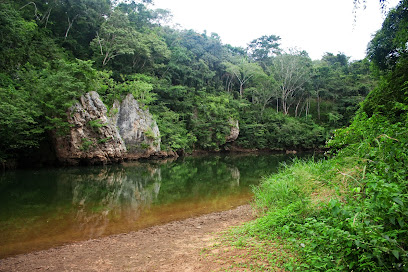
Cockscomb Range
19.8 km
Discover the breathtaking beauty of Cockscomb Range, Belize's majestic mountain peak, perfect for hiking, wildlife viewing, and outdoor adventures.
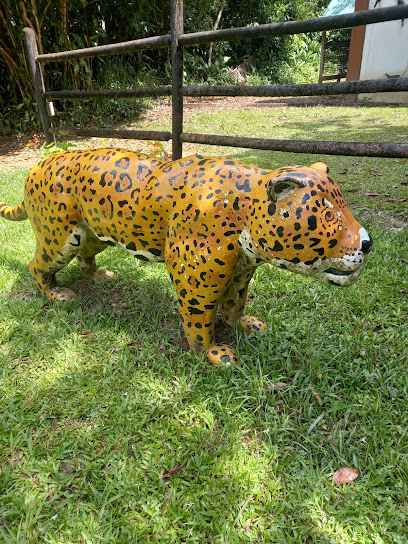
Hidden Valley Wilderness Lodge
24.3 km
Experience the ultimate nature retreat at Hidden Valley Wilderness Lodge, where adventure meets relaxation in the heart of Belize's stunning landscapes.
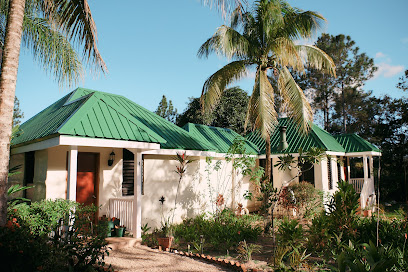
Pine Ridge Lodge
27.1 km
Experience the tranquility of nature at Pine Ridge Lodge in Belize's Mountain Pine Ridge Forest Reserve, a perfect retreat for adventure and relaxation.
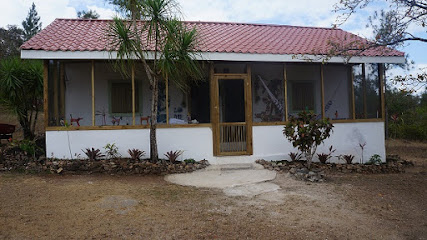
Big Rock Waterfalls
27.6 km
Experience the breathtaking beauty of Big Rock Waterfalls, a serene paradise in Belize, perfect for nature lovers and adventure seekers alike.
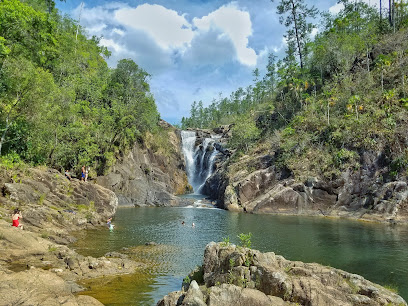
Gaïa Riverlodge
28.8 km
Discover tranquility and adventure at Gaía Riverlodge, a serene resort hotel in Belize surrounded by nature and Mayan history.
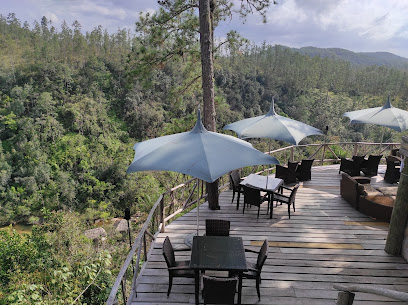
The Rainforest Lodge at Sleeping Giant
31.1 km
Discover the enchanting Rainforest Lodge at Sleeping Giant, where luxury meets nature in beautiful Belize, perfect for relaxation and adventure alike.

Calico Jack's Resort and Zip line
31.5 km
Experience thrilling zip-lining adventures and cozy accommodations at Calico Jack's Resort, the perfect Belizean getaway for nature lovers and adrenaline seekers.
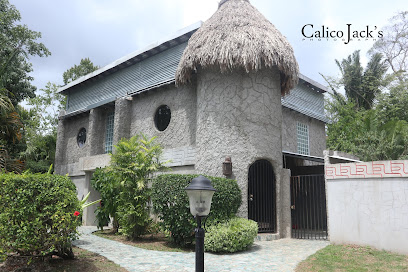
Unmissable attractions to see
Santa Maria Pool
20.5 km
Experience the serene beauty of Santa Maria Pool in Douglas Da Silva – a tranquil oasis for relaxation and refreshing swims in nature.
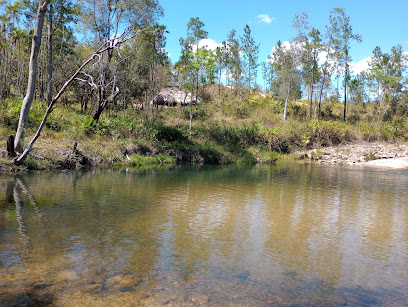
Cockscomb Basin Wildlife Sanctuary
22.4 km
Explore the breathtaking Cockscomb Basin Wildlife Sanctuary in Belize, a premier destination for hiking, bird watching, and wildlife encounters.
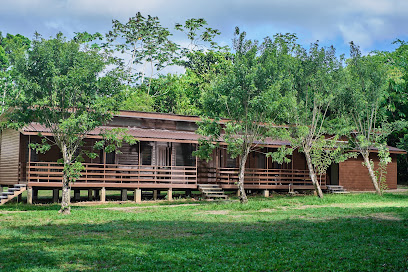
Mountain Pine Ridge Forest Reserve
22.8 km
Explore the breathtaking Mountain Pine Ridge Forest Reserve, a haven of waterfalls, wildlife, and lush landscapes in the heart of Belize.
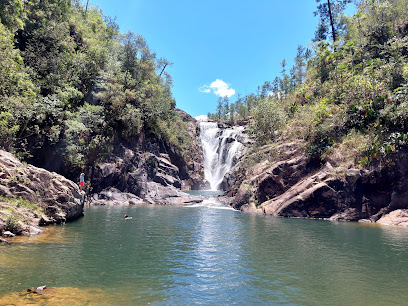
1000 foot falls
23.4 km
Experience the breathtaking beauty of 1000 Foot Falls in Springfield, Belize, where nature's grandeur meets serene tranquility.
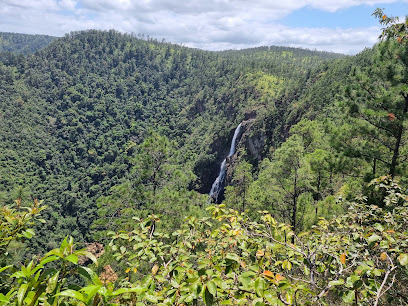
Rio On Pools
24.4 km
Experience the tranquil beauty of Rio On Pools, a stunning natural retreat in Belize, perfect for relaxation and adventure amidst lush surroundings.

Rio Frio Cave
26.6 km
Explore the breathtaking Rio Frio Cave, a hidden gem in Belize, featuring stunning limestone formations and rich biodiversity in a tranquil setting.
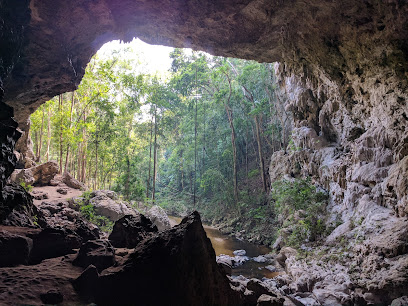
Big Rock Falls
27.5 km
Experience the breathtaking Big Rock Falls in Belize, a serene and picturesque natural wonder surrounded by lush tropical rainforest.
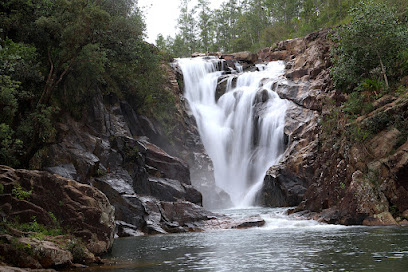
Granite Falls
28.8 km
Experience the breathtaking beauty of Granite Falls in Douglas Da Silva, a perfect destination for nature lovers and adventure seekers.
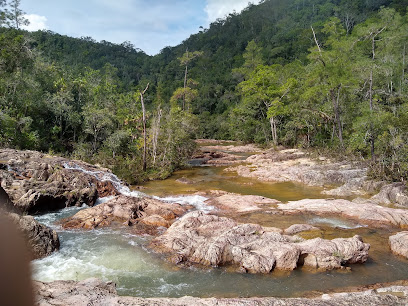
Dreaming Giant waterfalls
29.8 km
Explore the breathtaking Dreaming Giant Waterfalls, a serene natural wonder in Belize with stunning views and thrilling adventures.
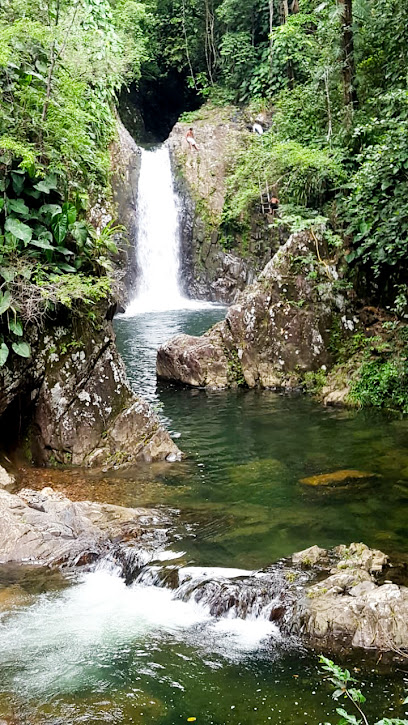
Sapodilla Waterfall
30.1 km
Experience the stunning beauty of Sapodilla Waterfall in San Antonio, Belize, where nature's wonders await in a serene tropical paradise.

Actun Tunichil Muknal (ATM Cave)
30.9 km
Explore the breathtaking depths of Actun Tunichil Muknal, a mystical cave that unveils the ancient Maya civilization's secrets in stunning natural beauty.
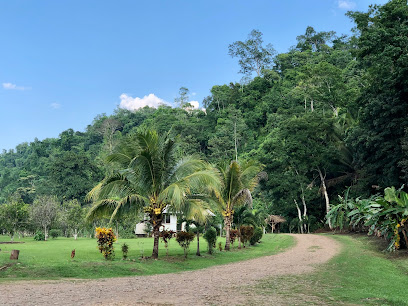
Actun Tunichil Muknal - Entry Station
30.9 km
Explore the enchanting Actun Tunichil Muknal Cave in Belize, where nature's beauty meets ancient Mayan history in a breathtaking adventure.
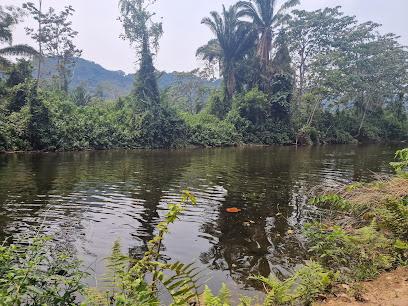
ATM Cave Tour
31.0 km
Discover the stunning ATM Cave in Belize, where ancient Mayan history meets breathtaking natural beauty in a captivating underground adventure.
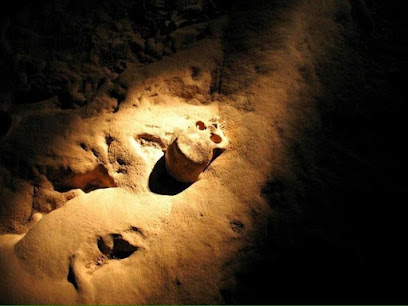
The Sleeping Giant Mountain
31.2 km
Explore the breathtaking landscapes and unique ecosystems of Sleeping Giant Mountain, an iconic attraction near Good Living Camp, Belize.
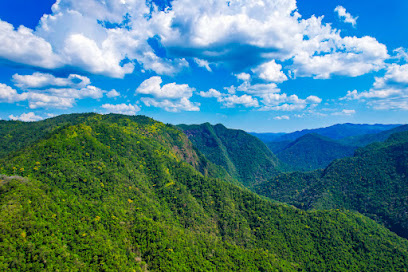
St. Herman's Blue Hole National Park
31.7 km
Discover the enchanting beauty of St. Herman's Blue Hole National Park, a national treasure in Belize with stunning nature trails and crystal-clear swimming holes.
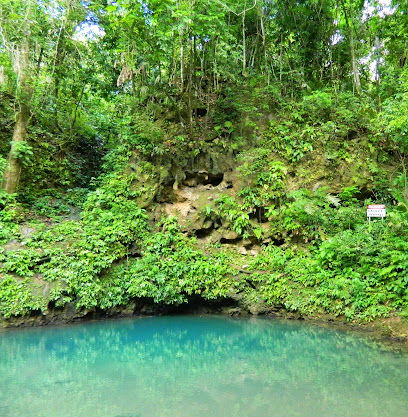
Essential places to dine
Five Sisters Restaurant
28.7 km
Experience exquisite local cuisine surrounded by nature at Five Sisters Restaurant in Mountain Pine Ridge Forest Reserve.

Yamwits Restaurant & Lodge
30.2 km
Discover authentic Belizean cuisine and stunning views at Yamwits Restaurant & Lodge along the scenic Hummingbird Highway.

Elsa's kitchen
32.1 km
Discover authentic Belizean fast food at Elsa's Kitchen - where fresh flavors meet friendly service on Hummingbird Highway.

Martha's Spot
32.6 km
Discover authentic Belizean flavors at Martha's Spot in San Antonio Junction—where delicious food meets warm hospitality.
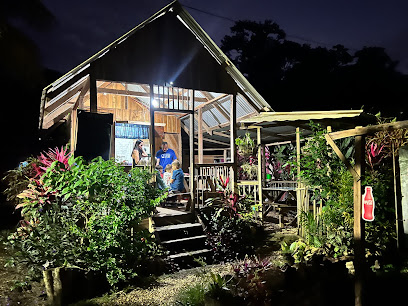
Las Palapas Belize Restaurant
33.6 km
Experience authentic Belizean cuisine at Las Palapas Restaurant – where fresh ingredients meet vibrant flavors in a cozy setting.
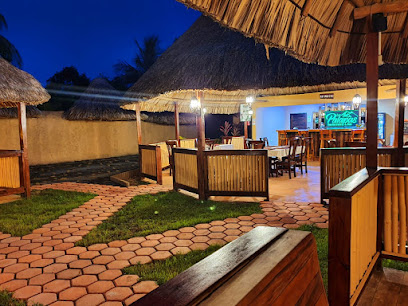
D Family Restaurant
35.1 km
Discover family-friendly dining at D Family Restaurant in San Antonio—where delicious food meets warm hospitality for all ages.
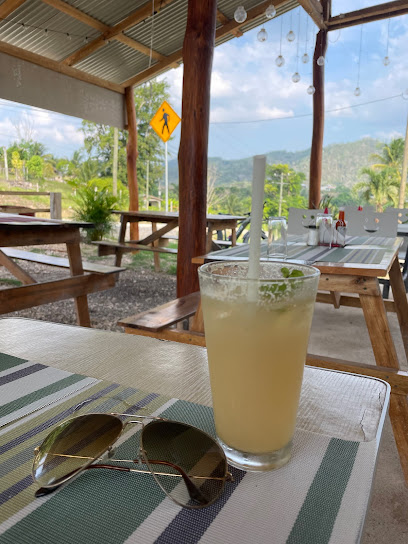
El Palenque Restaurant
37.9 km
Experience authentic Mexican cuisine at El Palenque Restaurant in Belmopan – where flavor meets tradition in a vibrant setting.
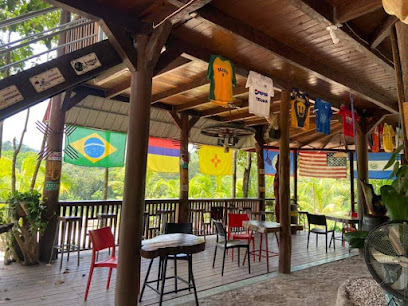
Carms Home Baking and Cooking
41.4 km
Discover authentic Belizean cuisine at Carms Home Baking and Cooking in Cristo Rey – where every dish tells a story.
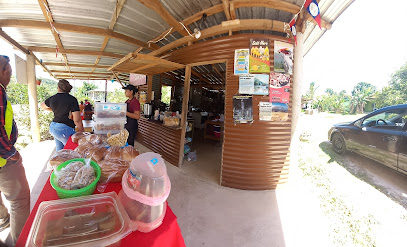
Trey's Barn & Grill
41.7 km
Discover delicious Belizean cuisine at Trey’s Barn & Grill in Teakettle - perfect for families and food lovers alike.
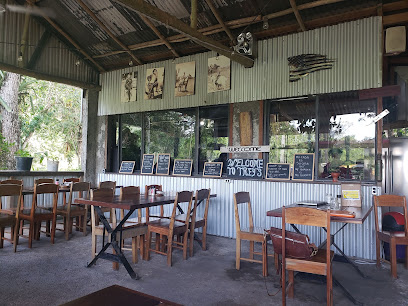
Vista View Belize
42.1 km
Discover the flavors of Belize at Vista View Belize in San Ignacio - where delicious cuisine meets breathtaking views.
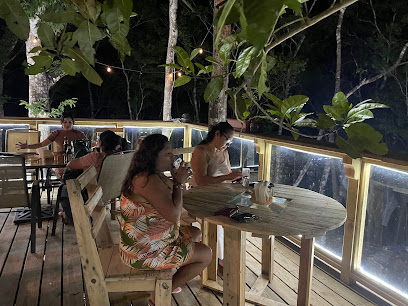
Warrie Head Restaurant
42.2 km
Discover authentic local flavors at Warrie Head Restaurant, where stunning views meet delicious cuisine in Ontario Village.
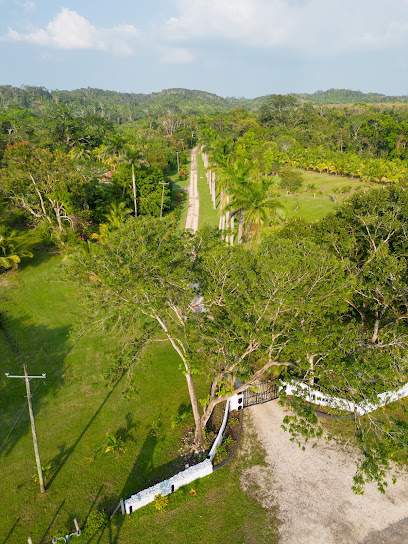
The Bluffs
42.5 km
Experience the rich flavors of Belize at The Bluffs – a must-visit grill offering fresh dishes in a stunning outdoor setting.
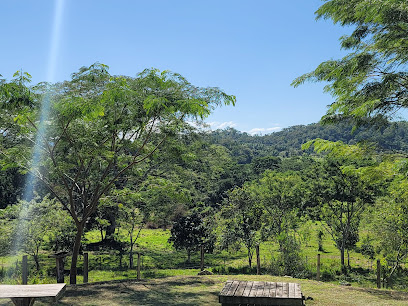
Happy Ranch Belize
42.5 km
Savor authentic Belizean cuisine at Happy Ranch Belize, where local flavors meet warm hospitality in Santa Cruz.
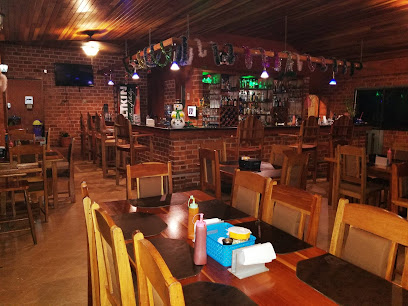
The Smoke Shack
42.9 km
Discover the authentic taste of Belize at The Smoke Shack – where flavorful smoked meats meet vibrant local culture.
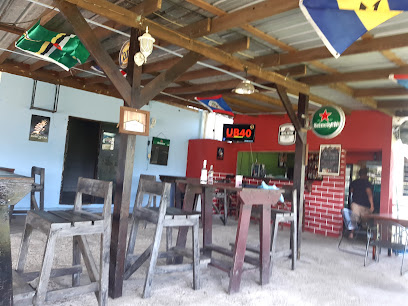
Maya King Grill & Beer Garden
42.9 km
Discover authentic Belizean flavors at Maya King Grill & Beer Garden – where culinary tradition meets tropical charm.
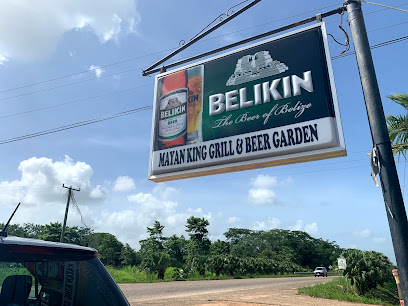
Markets, malls and hidden boutiques
D&D Shop
32.6 km
Explore the vibrant D&D Shop in San Antonio for unique local treasures and delightful souvenirs that capture the spirit of Belize.

Neida Shop
32.6 km
Discover local flavors and essentials at Neida Shop in Santa Marta, where community meets convenience in a welcoming grocery experience.

Caribbean Spice Belize
33.1 km
Explore exotic flavors and unique spice blends at Caribbean Spice Belize, a must-visit destination for culinary enthusiasts in Belize.

Der's mini shop
34.3 km
Explore San Antonio with ease at Der's Mini Shop, your convenient store for local snacks and essentials, open daily from 6 AM to 9 PM.

Tanah Clothing Plus
34.7 km
Explore the vibrant styles of Belize at Tanah Clothing Plus, where local fashion meets unique designs in the heart of San Antonio.

Marleny's Store
34.7 km
Discover local flavors and everyday essentials at Marleny's Store, a beloved grocery destination in San Antonio, Belize.
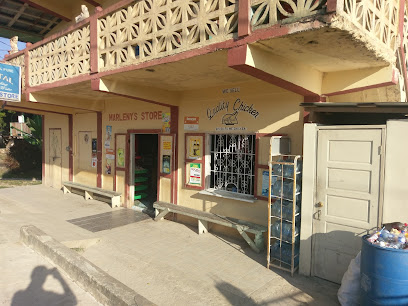
Mindos Grocery
34.8 km
Explore the flavors of Belize at Mindos Grocery in San Antonio, where local products meet a warm community atmosphere.

Fernando's Grocery Store
34.8 km
Discover authentic Belizean flavors at Fernando's Grocery Store in San Antonio, where local culture meets everyday convenience.

Silvia's Shop
35.0 km
Explore the vibrant local culture at Silvia's Shop, a charming variety store on Hummingbird Highway offering unique crafts and local flavors.

Black Rock Lodge
35.5 km
Discover the beauty of Belize at Black Rock Lodge, an eco-friendly haven nestled in the rainforest, perfect for adventure and relaxation.

Caracol Natural Monument Reservation
36.1 km
Discover Caracol Natural Monument Reservation, Belize's archaeological gem showcasing the ancient Maya civilization amidst stunning natural beauty.

Ian Anderson's Caves Branch Jungle Lodge
36.5 km
Explore the lush jungles of Belize at Ian Anderson's Caves Branch Jungle Lodge, where adventure meets luxury in a stunning natural setting.
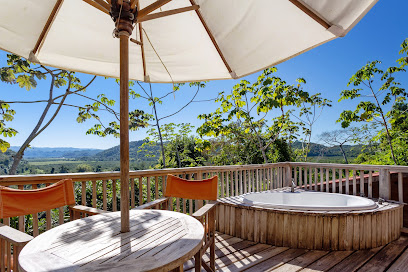
Cockscomb Basin Wildlife Sanctuary Parking
36.5 km
Discover the breathtaking beauty and rich biodiversity of Cockscomb Basin Wildlife Sanctuary, Belize's premier natural retreat.
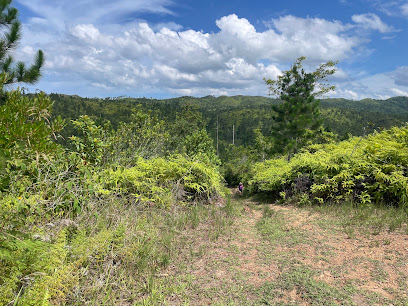
Jaguar Reserve Nature Center
36.5 km
Discover the vibrant wildlife and serene landscapes at Jaguar Reserve Nature Center, a must-visit nature preserve in Belize.
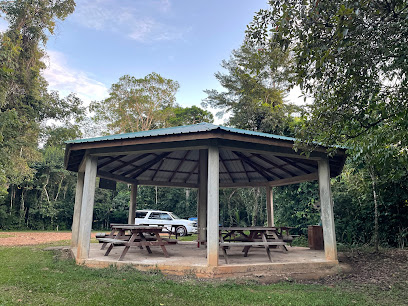
Belize Botanic Gardens
39.8 km
Explore the vibrant flora and fauna at Belize Botanic Gardens, a tranquil escape nestled in the heart of San Ignacio, Belize.

Essential bars & hidden hideouts
Karma's Bar & Grill
31.2 km
Discover Karma's Bar & Grill, a vibrant bar and grill in Belize, where local flavors and a relaxed atmosphere create unforgettable dining experiences.

The Malfunction Junction
32.7 km
Discover the flavors of Belize at The Malfunction Junction, a grill in Pine Ridge offering delicious local cuisine in a cozy atmosphere.
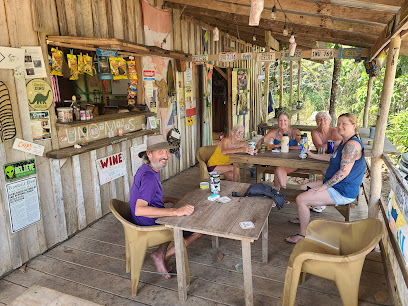
Cool Spot
34.8 km
Experience the lively atmosphere and exquisite drinks at Cool Spot Bar, the heart of San Antonio's nightlife.

Sweet Songs Jungle Lodge, a Muy'Ono Resort
39.6 km
Experience the natural beauty and tranquility of Sweet Songs Jungle Lodge, a birdwatcher's paradise and serene resort retreat in San Ignacio, Belize.
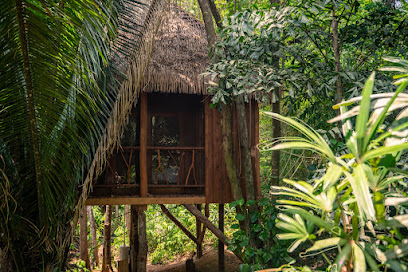
Table Rock Jungle Lodge
40.6 km
Immerse yourself in the breathtaking beauty of Belize at Table Rock Jungle Lodge, where adventure meets tranquility in a jungle paradise.

k&L's
42.2 km
Experience the vibrant local culture at K&L's, a charming bar on the Hummingbird Highway in Belize, perfect for relaxation and socializing.

The garage cool spot
42.2 km
Discover the vibrant atmosphere and local flavors at The Garage Cool Spot, your go-to bar along Belize's scenic Hummingbird Highway.

Princess bar
42.3 km
Discover the vibrant flavors of Belize at Princess Bar, a charming grill in Cowpen Garage offering delectable dishes and a welcoming atmosphere.

La Cabana Restaurant and Bar
42.4 km
Discover the vibrant nightlife and delicious cuisine at La Cabana Restaurant and Bar in Belmopan, a must-visit for every traveler.
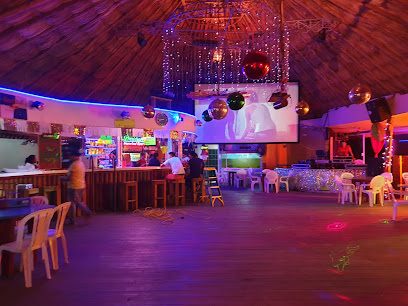
El garrobo bar
42.4 km
Discover El Garrobo Bar in Cowpen Garage - a vibrant spot for local flavors, refreshing drinks, and an unforgettable nightlife experience.

Galaxy Chill Spot
42.8 km
Experience the vibrant nightlife at Galaxy Chill Spot, Santa Cruz's premier bar for cosmic cocktails and unforgettable memories.

Santa Cruz Bambu Bar
43.0 km
Discover the lively Santa Cruz Bambu Bar, where vibrant drinks and local culture meet in a tropical paradise.
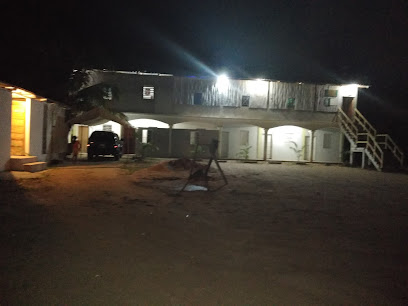
Selfie Lounge
43.0 km
Discover the lively Selfie Lounge in Belmopan, a perfect place for drinks, socializing, and capturing unforgettable memories.

Mike's Cue Club.Bar & Restaurant
43.4 km
Discover Mike's Cue Club in Belmopan: Your ultimate destination for sports, delicious food, and a lively atmosphere.
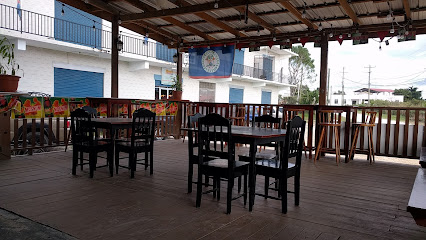
Chill Out Restaurant & Bar
43.8 km
Experience the vibrant flavors of Belize at Chill Out Restaurant & Bar, where delicious cuisine meets an energetic nightlife atmosphere.




